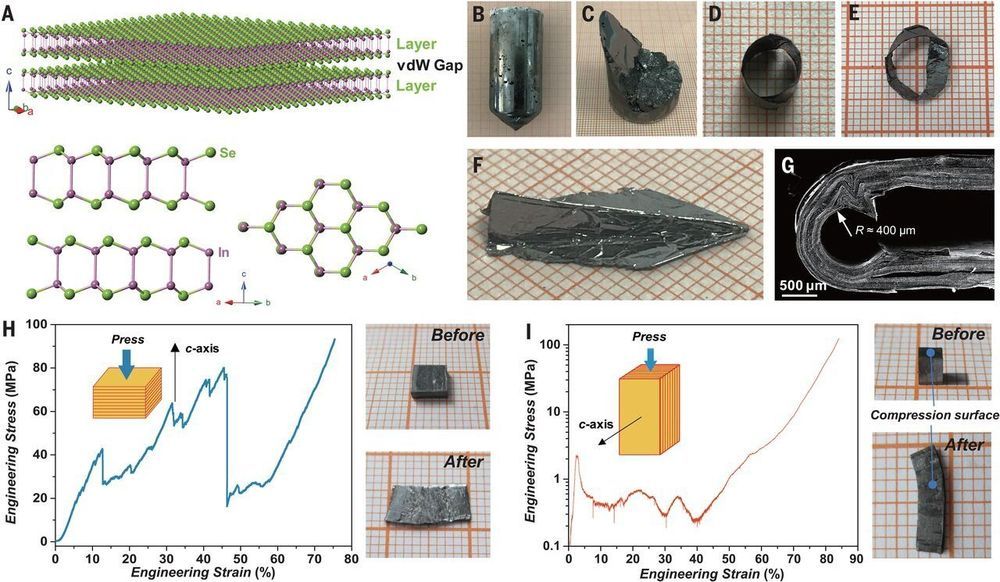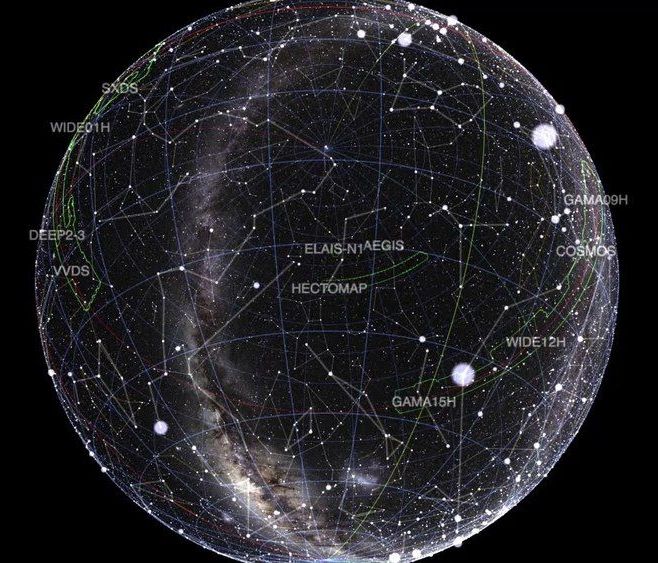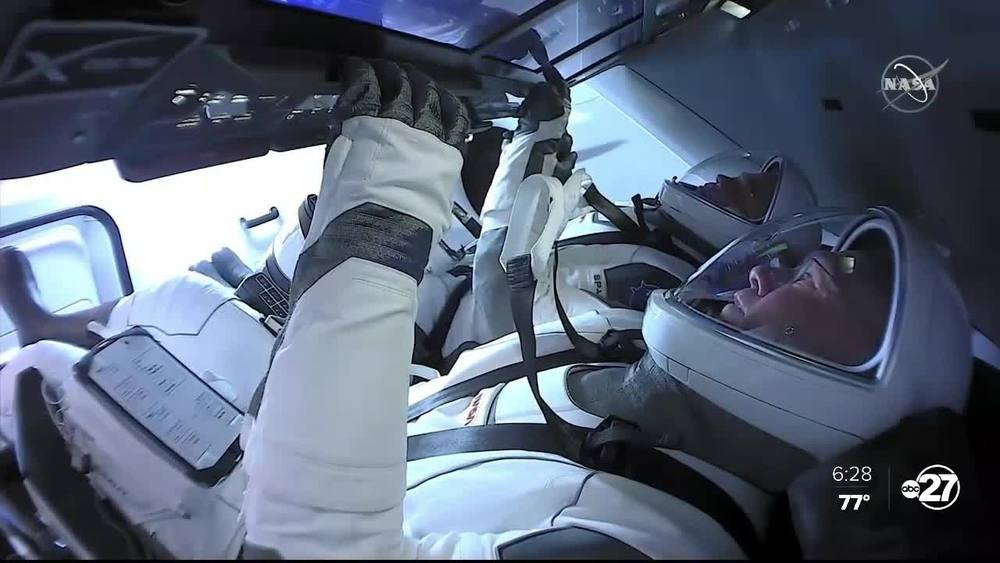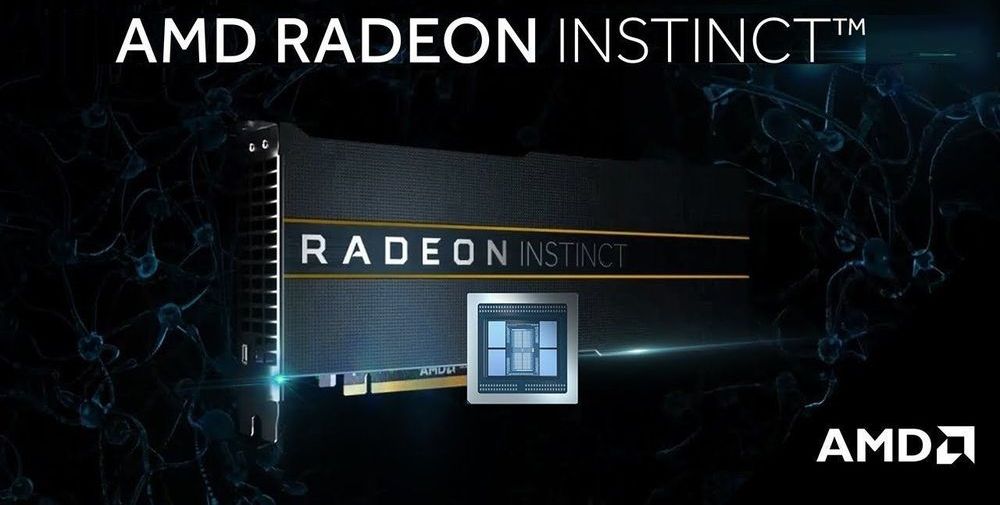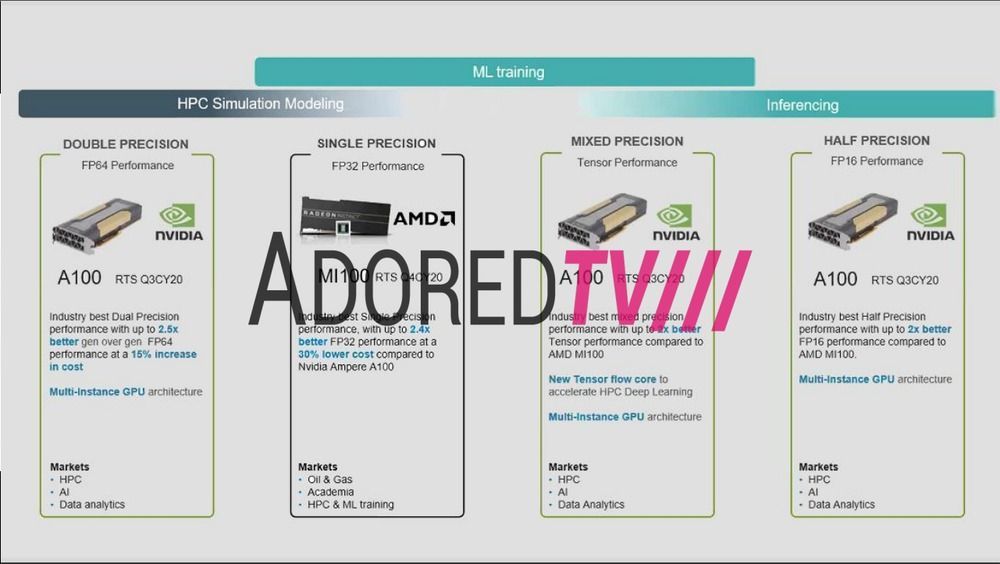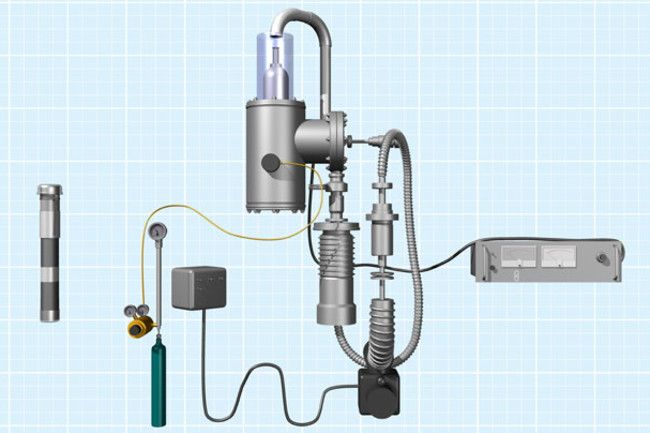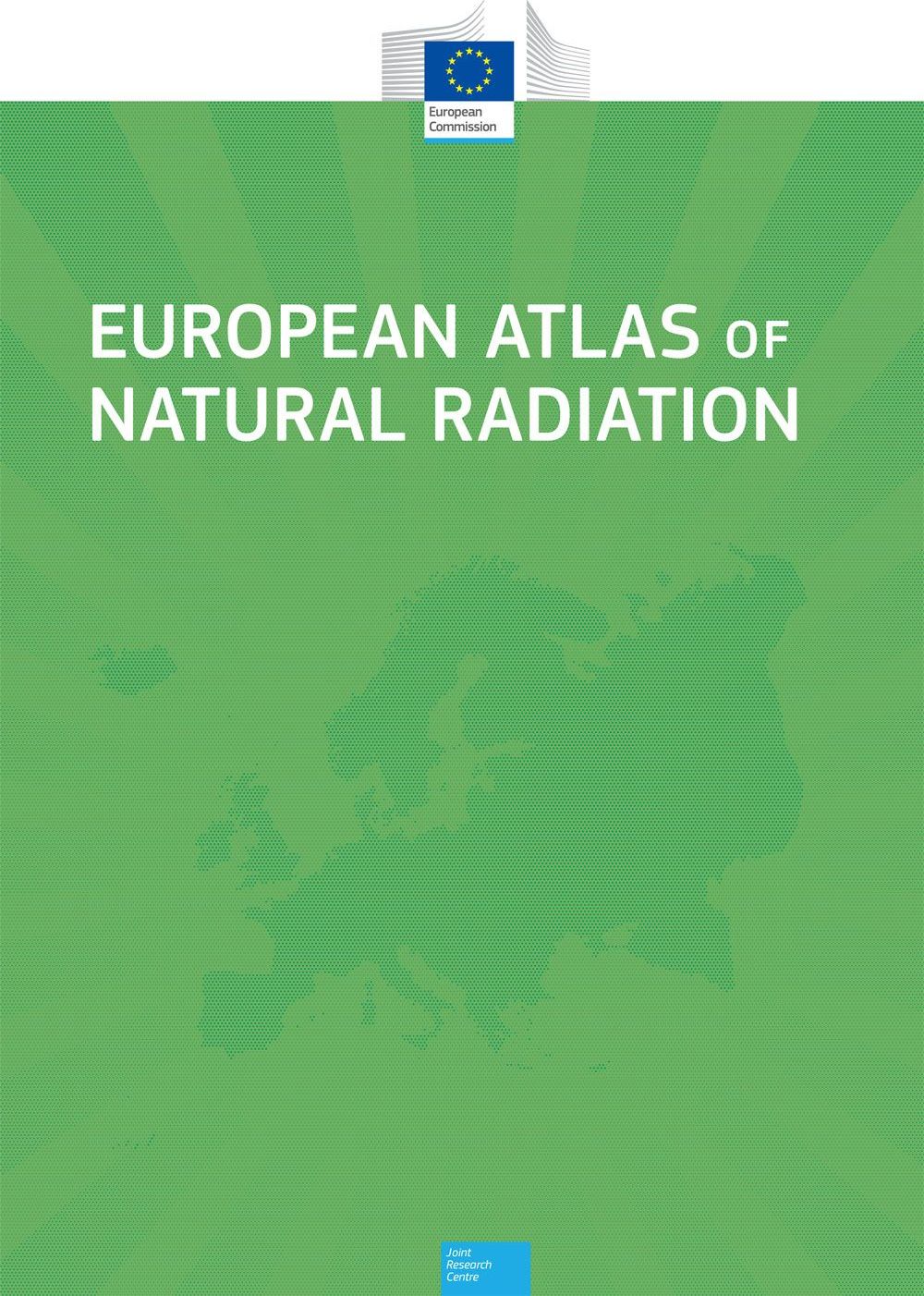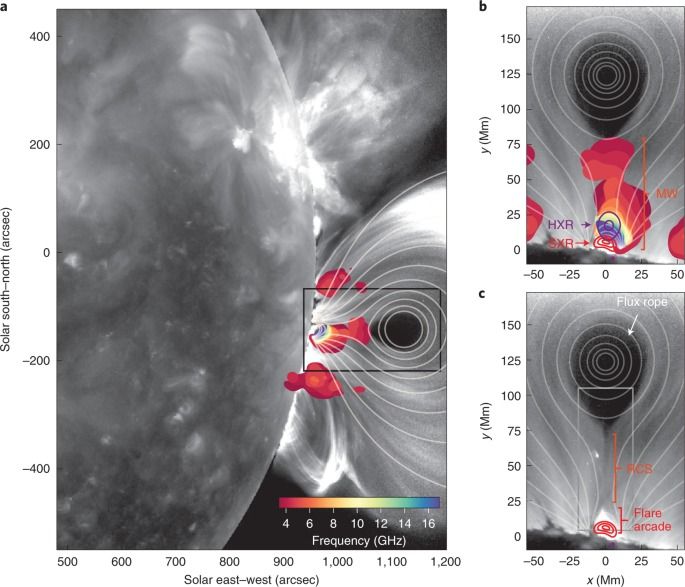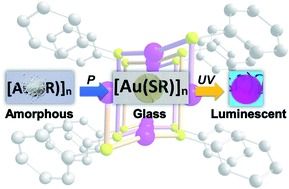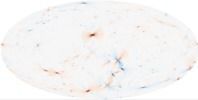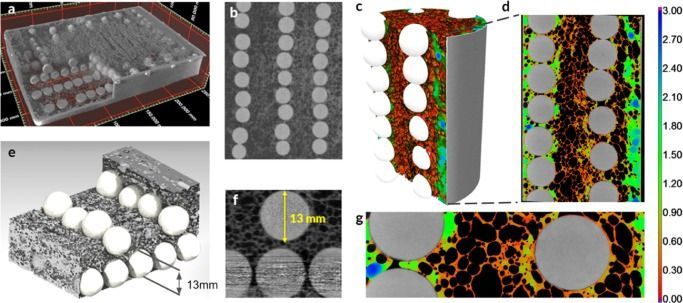A team of researchers affiliated with multiple institutions in China and one in the U.S. has found that semiconducting crystals of indium selenide (InSe) have exceptional flexibility. In their paper published in the journal Science, the group describes testing samples of InSe and what they learned about the material. Xiaodong Han with Beijing University of Technology has published a Perspective piece outlining the work by the team in China in the same journal issue.
As the researchers note, most semiconductors are rigid, which means they are difficult to use in applications that require varied surfaces or bending. This has presented a problem for portable device makers as they attempt to respond to user demand for bendable electronics. In this new effort, the researchers in China have found one semiconductor, InSe, that is not only flexible, but is so pliable that it can be processed using rollers.
InSe, as its name implies, is a compound made from indium (a metal element often used in touchscreens) and selenium (a non-metal element). Selenium is also a 2-D semiconductor, and has come under scrutiny after researchers discovered that its bandgap matched the visible region in the electromagnetic spectrum. It has previously been studied for use in specialty optoelectronic applications. In this new effort, the researchers looked into the possibility of using it as a semiconductor in bendable portable electronic devices.
